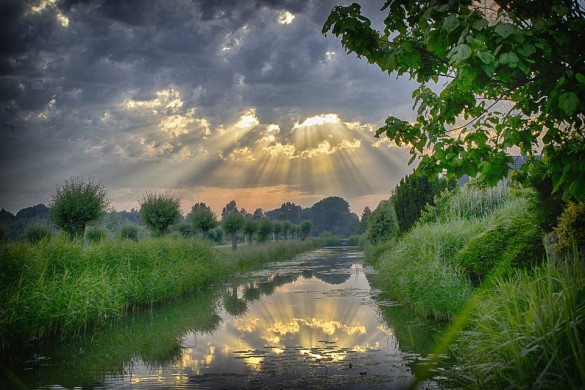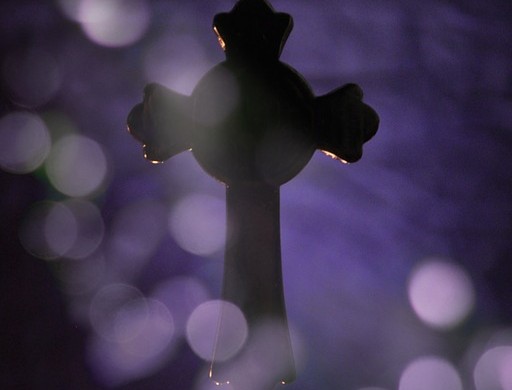Ash Wednesday
Most religions have a ceremony or a time in which the faithful reflect on their actions during the past year. This is often combined with a time of discipline which may be fasting, almsgiving, and prayer.
Ash Wednesday begins the season of Lent for many in the Christian church. The forty days of fasting or penitence (not counting Sundays) may begin with the imposition of ashes on the foreheads of the faithful.
Many Christian denominations use this ancient ceremony of placing ashes on the foreheads of the faithful with the words from Genesis (3:10) “Remember that you are dust and to dust you shall return.” Receiving ashes may be part of the act of confession, of penitence and as a sign of our mortality. The Ash Wednesday service connects us with the past, with our present, and with our hope for new life in our Risen Christ.
Burnt palm ashes from the palms of the previous Palm Sunday symbolize our past history. While anointing with ashes was widely used after the seventh century, there is evidence that it originated in Gaul in the sixth century.
This ancient ceremony has another valuable reminder for us. Dust is of the earth. Receiving the ashes reminds us that we, too, are from the earth. The earth is very important to us. Our earth is a gift from God. Yet, we forget we need to take care of it and all creation, too.
The words of Isaiah still hold true, “The earth is mourning, pining away,…the earth is defiled under its inhabitants, for they have transgressed the laws, violated the decree, broken the everlasting covenant.” (Is. 24: 4-5)
More and more we are made aware of the ecological disasters of the earth such as the depletion of ozone layer, the destruction of the rain forests, climate changes, the massive oil spills and the chemical spills in the rivers Each of us is led in different ways to take care of our part of the earth. May being blessed with ashes help us renew our care of the earth.
In preparing for Ash Wednesday, I was reading some of the writings of Hildegard of Bingen, a 12th century prophet, healer, preacher and mystic. Hildegard understood that for those who live in Christ, all creation is God’s work, and that the earth especially is waiting with eagerness to be saved. . Hildegard writes “Creation reveals the hidden God just as clothes hint at the shape of a person’ body.” Praying with Hildegard of Bingen by Gloria Durka ISBN-10 0884892549
During this holy season, we are invited to repentance, reflection and renewal. It is a time to reflect on our failings, not only in relationships with God and each other, but how we relate to ourselves and all creation. Our relationship with God is effected by how we relate with all around us.
I invite your reflections to include how God has led you to positive relationships with others and creation. Also, remember that though you are dust, at the same time you are God’s special creation. You are God’s handiwork whom God loves and in whom God delights. (Zephaniah 3:17; Psalm 18:19 (or vs.20 in some Bibles); Ephesians 2:10
The more we are really aware of God’s love for each of us individually, the more we’ll be able to live that out in our daily lives and share it with others
Prayer:
Loving God, may these ashes remind us of our connection to you and our earthly home. Thank you for delighting and loving each of us and for giving us our beautiful earth.
As we go through this season of Lent create in us new and contrite hearts. Help us remember that our strength for repentance, reflection and renewal is in quietness and trust in you. (Isaiah 30:15) Amen.








